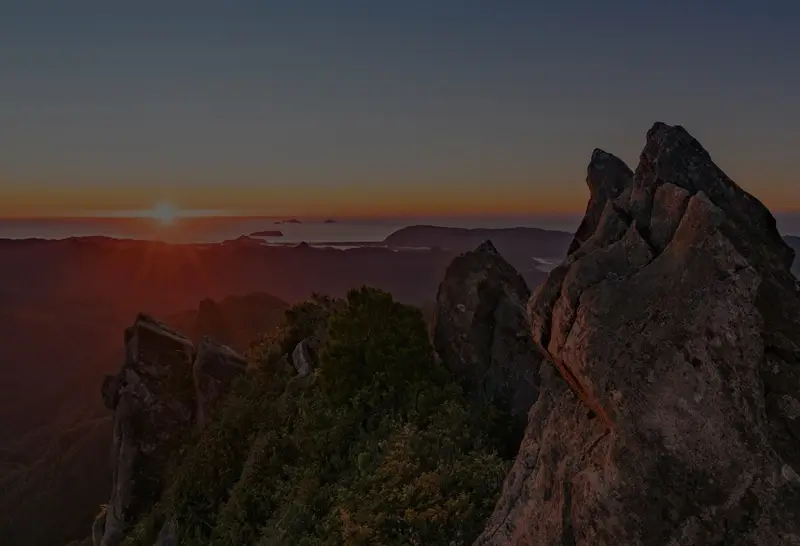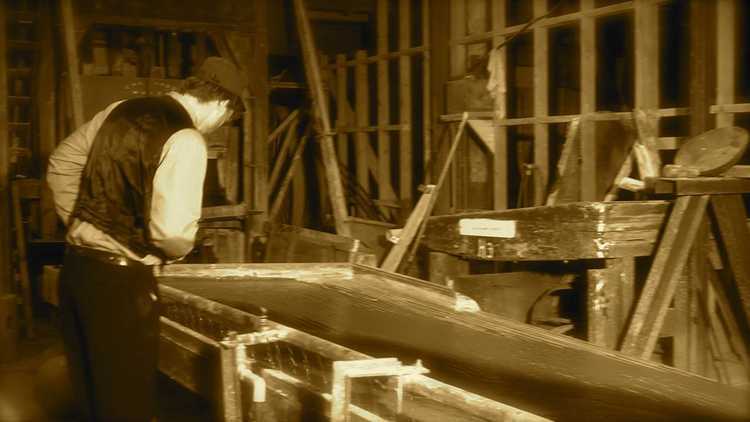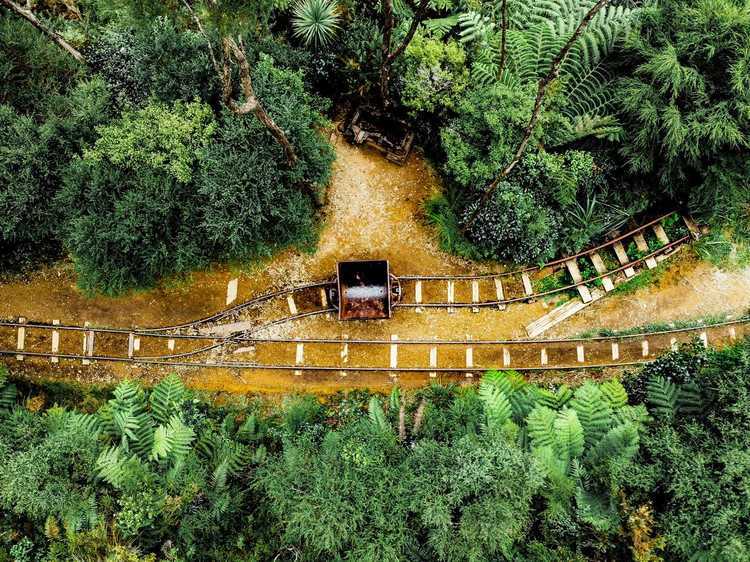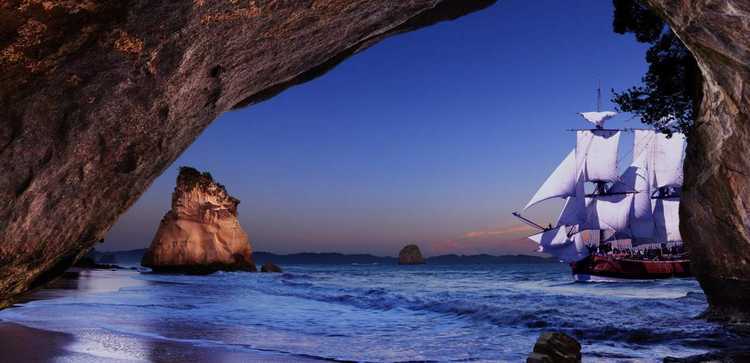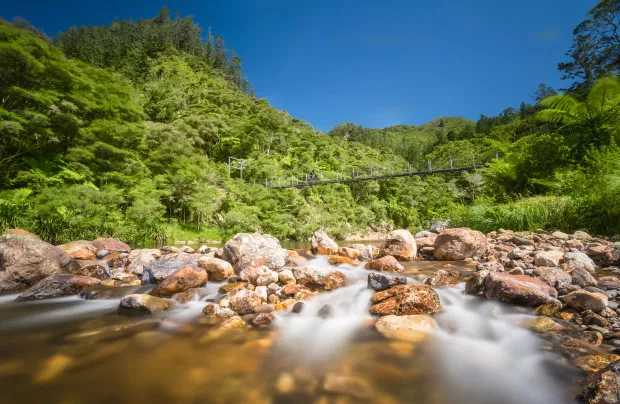
Step back in time and uncover the stories of our past. Retrace the footsteps of Kupe and Cook, explore mining relics from the golden era and discover Kauri sites and dams from the Kauri logging days.
Let Us Guide You and Share Our Stories


Gold Discovery Centre & Waihi Mine Tour
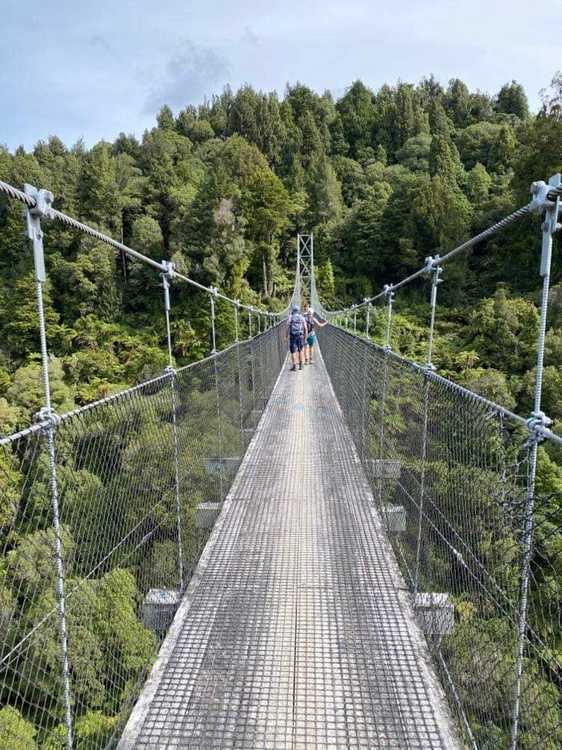
Nature & Nosh - Coastal & Gourmet Escapes

Coromandel Adventures

Walking Legends Guided Walks

Sea Cave Adventures
Culture and Heritage Events
Want To Learn More?
Listen to the stories of our past and gain a better understanding of this place and our people.
Our Discovery
The Coromandel is one of the places in Aotearoa New Zealand to have been visited on voyages of discovery in different eras by two of the world’s greatest explorers, Kupe and Captain James Cook.
Kupe was a very early exploring Māori ancestor, most say the first of the Polynesian ancestors to arrive here in Aotearoa from Hawaiki, in around 950 AD. Aboard his mighty canoe, Matahorua, he sighted The Coromandel and what was later to be called Mount Moehau. There are many variations in the traditions of Kupe and many place names drawn from the stories of his explorations and great adventures. Te Whitianga a Kupe was the original place name for Whitianga, meaning Kupe’s crossing place.
Many years later, Captain Cook sailed into the Mercury Bay on the 3 November 1769. His ship “Endeavour” was met by Ngāti Hei waka on arrival in the bay. Seven days later, on November 9 1769 Cook observed the transit of the planet Mercury , one of the reason's for his voyage, and giiving rise to the names of some of the region’s beaches and bays - Mercury Bay and Cooks Beach. Cook also sailed into the Firth of Thames and spent two days on the Waihou River.
Captain Cook Visits Hauraki Coromandel
Although Aotearoa New Zealand had already been discovered by the time Europeans first saw the Pacific, Captain James Cook was the first European to land in Hauraki Coromandel, in November 1769. Historic landmarks and memorials in the area invite consideration of the contribution made to knowledge of New Zealand by this famous British navigator.
According to his journals, Cook sailed around Hauraki Coromandel between November 4th and November 24th, 1769. He came seeking a suitable place to observe and chart the transit of Mercury. James Cook helped his astronomer Charles Green observe the transit of Mercury at Te Whanganui-o-Hei (Mercury Bay), and a cairn at Cooks Beach marks the spot His exploration of Hauraki Coromandel took him to places we now know as Mercury Bay, Cape Colville, Thames and the Waihou River, as he drew detailed and accurate maps, and wrote about Māori he encountered.
Today, visitors can imagine the immensity of Cook’s journey at the Captain Cook Memorial and Picnic Area on the Waihou riverbank in Netherton. The three tonne steel anchor is a symbol of commemoration for Captain Cook's venture, with information panels recording the story of Cook’s Landing on the Waihou (Thames).
Golden Days
Gold boom, dark financial depression and a long climb back to prosperity is how the first 100 years of Thames has been recorded. Thames had a small beginning with the first official strike of gold in June 1867. The 'big bonanza' was between 1869 and 1871. In 1871 the top producing Caledonian Mine turned out 361,581 ounces - more than 10 tonne - with a total value of about $1,950,000. In the last 1870s people flocked to the Waihi area in search of their fortunes. The mine we now know as Martha Mine soon became one of the most important gold and silver mines in the world. Now in its third century of mining, Waihi remains a gold town and its mines still produce most of New Zealand's gold and silver bullion.
Many relics of The Coromandel's gold-mining history are still evident today, such as the Victoria Battery at Waikino, the Crown Mine at Karangahake, the Stamper Battery in Coromandel Town and the Stamper Battery and The School of Mines in Thames.
Kauri Heritage
Kauri logging was one of the major industries in early pioneering days of The Coromandel. A lasting reminder of the once-thriving industry are relics of the Kauri dams which are visible on various walking trails. There are still stands of Kauri that were left untouched by the early pioneers and can be seen at quite short distances from the road. The 6th largest Kauri in the country, Tanenui, is growing at Manaia on The Coromandel.
